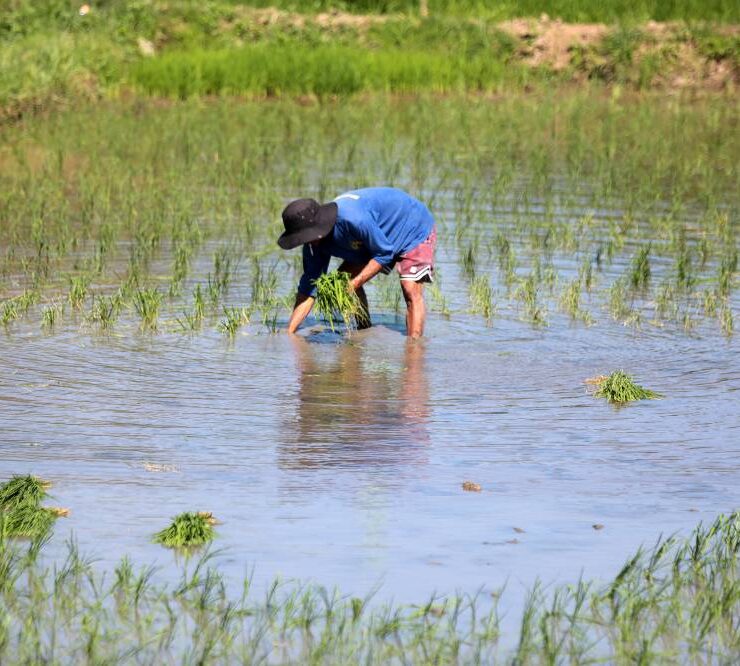PH agri trade deficit slightly increased in Q3–PSA

The country’s agricultural trade deficit slightly increased in the third quarter of this year amid a slowdown in imports due to the improvement in local harvests.
The difference between Philippine imports and exports of farm goods rose by 1.5 percent to $3.01 billion in the July to September period from $2.97 billion a year ago, data from the Philippine Statistics Authority (PSA) showed.
The amount was also smaller than the $3.07 billion recorded in the second quarter of this year.
Roy Kempis, director of Center for Business Innovation at Angeles University Foundation, said the overall trade balance signifies “a good performance of the agricultural sector to have boosted exports and tamed imports.”
Agricultural imports grew by 8.7 percent to $4.99 billion while agricultural exports expanded by 21.8 percent to $1.97 billion.
This brought the agricultural trade to $6.96 billion, representing an increment of 12.1 percent.
Kempis explained that exports increased at a slower rate as the Philippines’ leading agricultural product destinations, the United States and China, experienced a slowdown in their economies.
“Consumer spending on food was affected by inflation in these countries. Wages in the US have not grown. In China, many foreign companies left either for the US, Vietnam, and India,” he told the Inquirer in a message.
He noted that consumers in these countries could no longer afford to purchase bananas, pineapple, mango and even durian because of rising prices.
“And many lost their jobs; many of which went back to their rural provinces of China,” he added.
Imports
In terms of imports, Kempis said that the local farming sector may have had a good harvest, which, in turn, reduced its reliance on cereal imports since only one typhoon hit the archipelago each month in the third quarter.
Cereals topped the list of commodities sourced from abroad with a share of 21 percent or $1.05 billion.
Members of the Association of Southeast Asian Nations (Asean) delivered $1.97 billion worth of commodities, with Vietnam topping the list.
On the other hand, European Union (EU) countries shipped $464.87 million worth of food items, with Spain being as the top supplier.
Exports
The Philippines exported mostly animal, vegetable, or microbial fats and oils and their cleavage products, prepared edible fats, and animal or vegetable waxes to various countries.
Exports to Asean countries amounted to $239.85 million. Malaysia has emerged as the top buyer of locally produced agricultural products.
The country also provided $410.78 million in local farm produce to EU nations, with the Netherlands as the top export destination.





















